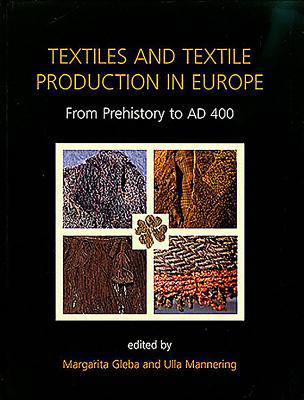
- Retrait gratuit dans votre magasin Club
- 7.000.000 titres dans notre catalogue
- Payer en toute sécurité
- Toujours un magasin près de chez vous
- Retrait gratuit dans votre magasin Club
- 7.000.0000 titres dans notre catalogue
- Payer en toute sécurité
- Toujours un magasin près de chez vous
Textiles and Textile Production in Europe
From Prehistory to AD 400
60,45 €
+ 120 points
Description
Essential information on textiles and textile production from sixteen European countries, resulting in an up-to-date and detailed sourcebook and an easily accessible overview of the development of European textile technology and economy from prehistory to AD 400.
Spécifications
Parties prenantes
- Editeur:
Contenu
- Nombre de pages :
- 480
- Collection :
Caractéristiques
- EAN:
- 9781789253429
- Date de parution :
- 05-10-19
- Format:
- Livre broché
- Dimensions :
- 216 mm x 273 mm
- Poids :
- 1690 g

Les avis
Nous publions uniquement les avis qui respectent les conditions requises. Consultez nos conditions pour les avis.





